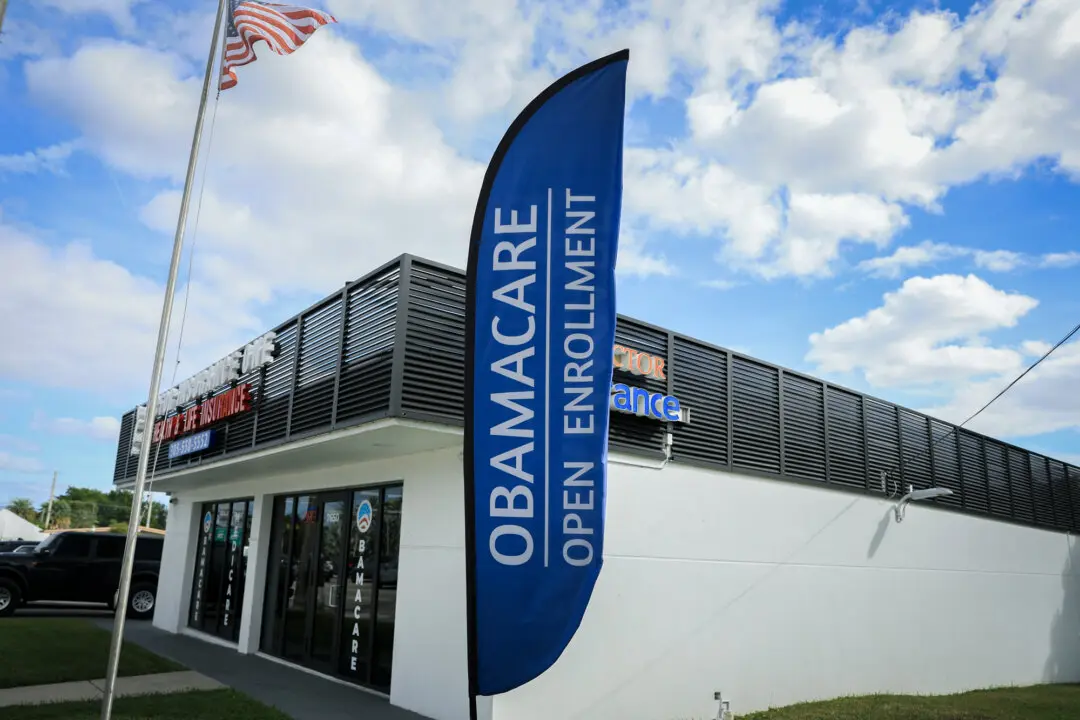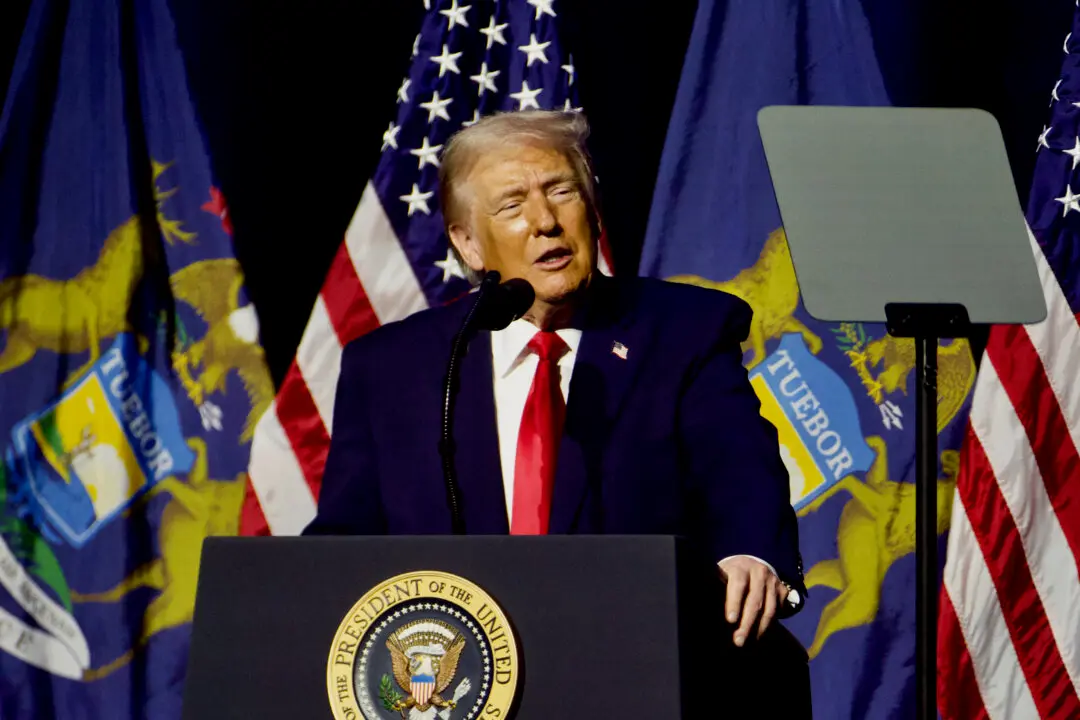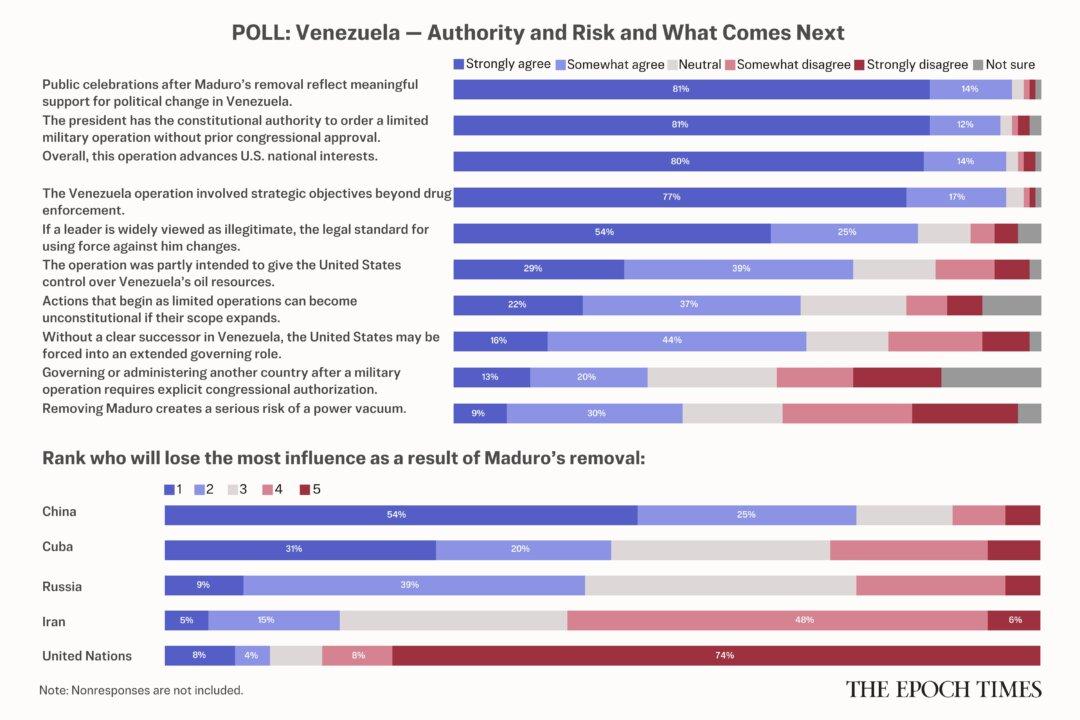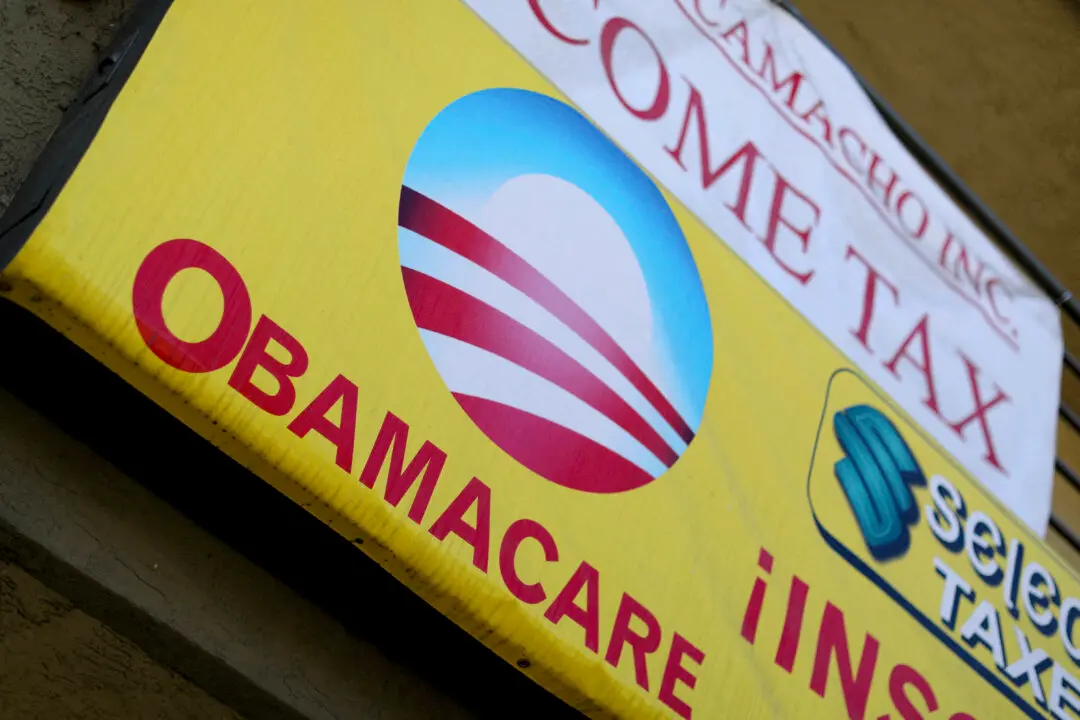At least five school districts, most in the northeast of the country, have reinstated mask requirements for students amid an uptick in COVID-19 infections, and two requested that students be tested for the virus before returning to school from winter break.
However, the trend toward student mask requirements does not appear to be growing toward the levels seen a year ago at the height of the pandemic.





